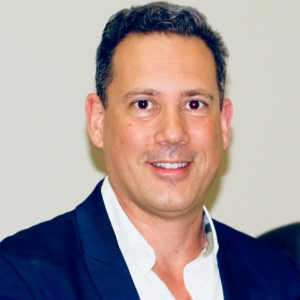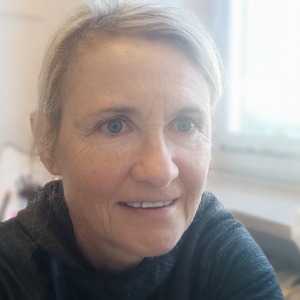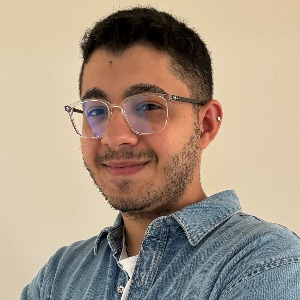Acupuncture
Acupuncture is a traditional Chinese medical practice that involves inserting thin needles into specific points on the body to stimulate energy flow. Dating back thousands of years, acupuncture is based on the concept of balancing the body's vital energy, or Qi, to promote health and alleviate various ailments. The acupuncture points are located along meridians, which are pathways that connect different parts of the body, helping to regulate the flow of Qi. Practitioners believe that acupuncture can address a wide range of conditions, including pain, stress, and digestive disorders, by restoring the balance of energy within the body. Acupuncture is often used as a complementary therapy in conjunction with conventional medical treatments to enhance overall well-being. The needles used in acupuncture are extremely thin and are typically painless when inserted, causing minimal discomfort to the patient. Research suggests that acupuncture may trigger the release of endorphins, the body's natural painkillers, contributing to its effectiveness in pain management. While acupuncture is widely practiced for pain relief, it is also employed to address issues such as insomnia, anxiety, and even fertility problems. Acupuncture sessions are tailored to individual needs, with practitioners considering the patient's overall health, medical history, and specific symptoms. Despite its long history, the scientific understanding of how acupuncture works is still evolving, and ongoing research is exploring its mechanisms and potential benefits. In some cases, acupuncture is performed alongside other traditional Chinese medicine practices, such as cupping therapy or herbal medicine. Acupuncture has gained popularity in Western countries as an alternative or complementary therapy, with an increasing number of healthcare professionals incorporating it into their treatment plans.

Jay Spector
American Academy of Podiatric Sports Medicine (AAPSM), United States
Marcia J Scherer
Institute for Matching Person and Technology, United States
Marcos Brioschi
American Academy of Thermology, United States
Blair Gorenberg
Shirley Ryan Abilitylab, United States
Roberta Sartori
IRCCS Materno-Infanitle Burlo Garofolo, Italy
Cho Li Yin
Taichung Veterans General Hospital - VGHTC, Taiwan




Title : Best practice guidelines for the use of pharmacological neuromodulation in disorders of diminished motivation: A comprehensive approach
Vaidya Balasubramaniam, Illawarra and Shoalhaven Local Health District Hospitals, Australia
Title : A forgotten component of knee osteoarthritis
Ron Blehm, EEI Physio LLC, United States
Title : Functional outcomes of DSSA-Based pelvic rehabilitation combined with manual therapy and electrostimulation in men after oncologic surgery: A retrospective case series
Eren Uyar, Fizyomen Physiotherapy & Rehabilitation Center, Turkey
Title : We are living and working in the age of individualization
Marcia J Scherer, Institute for Matching Person and Technology, United States
Title : Efficacy of Inspiratory Muscle Training (IMT) in post-weaning ICU recovery: A clinical randomized controlled trial
Warda Khan, Chongqing Medical University, Pakistan
Title :
Subramanya Adiga, Middlemore Hospital, New Zealand